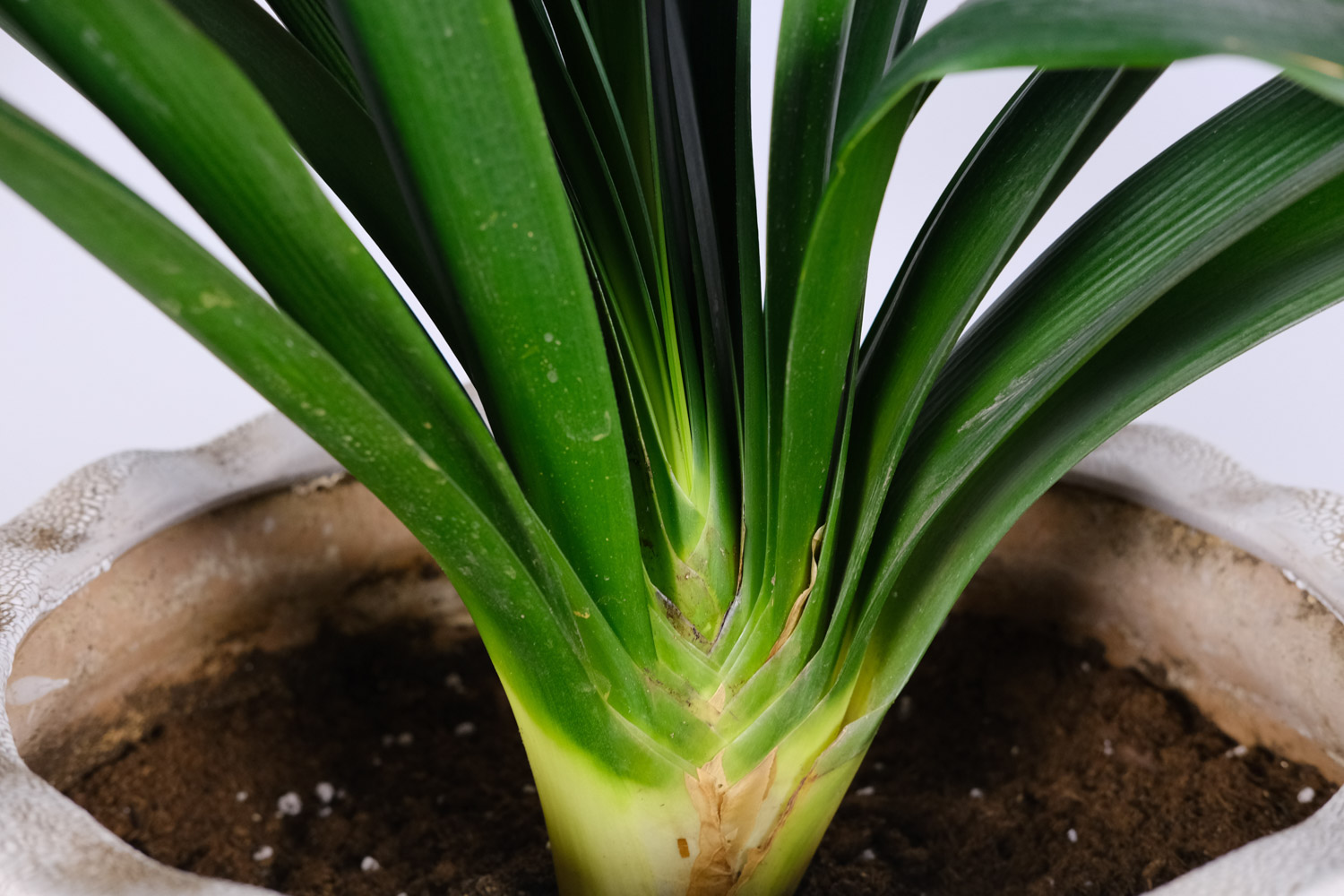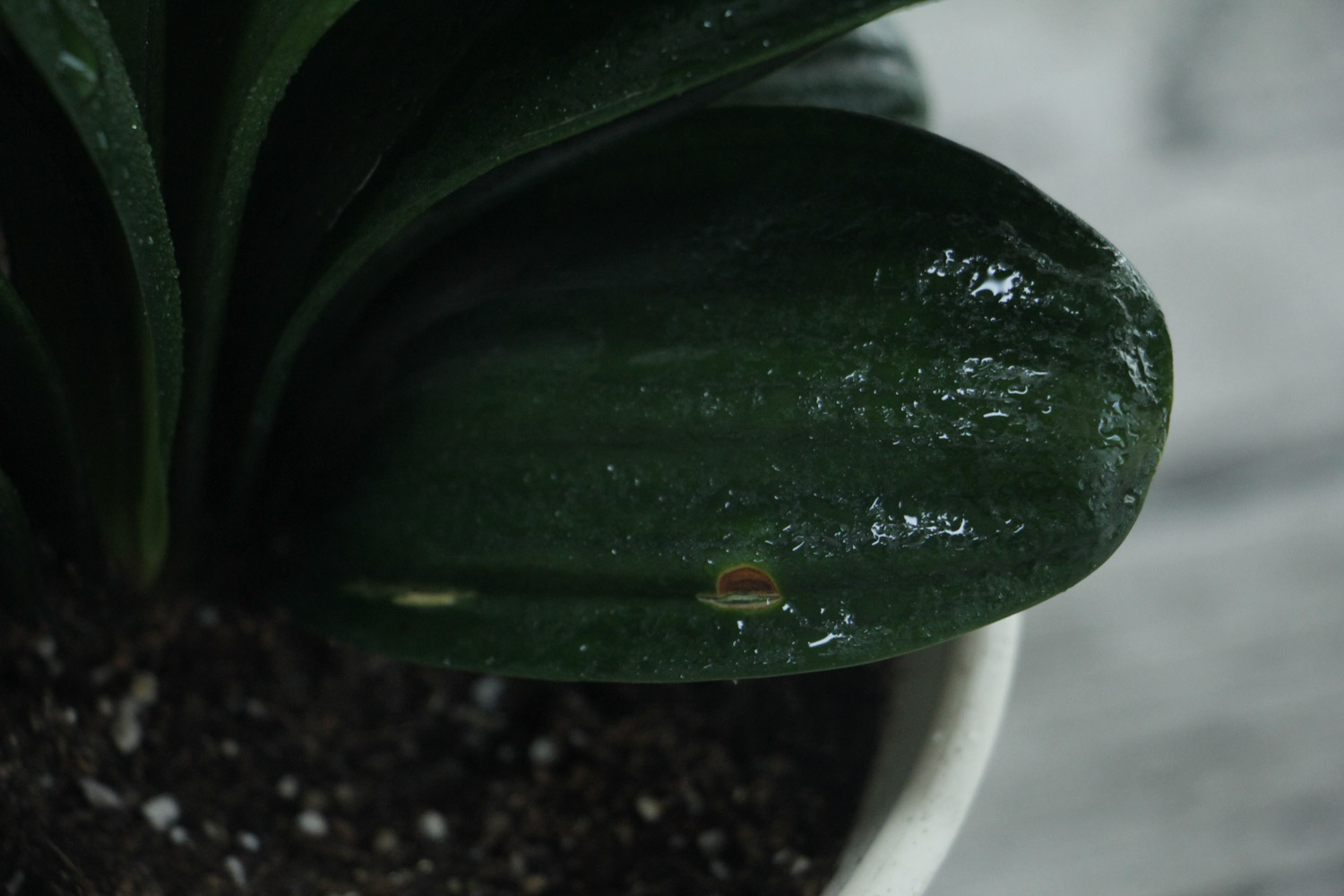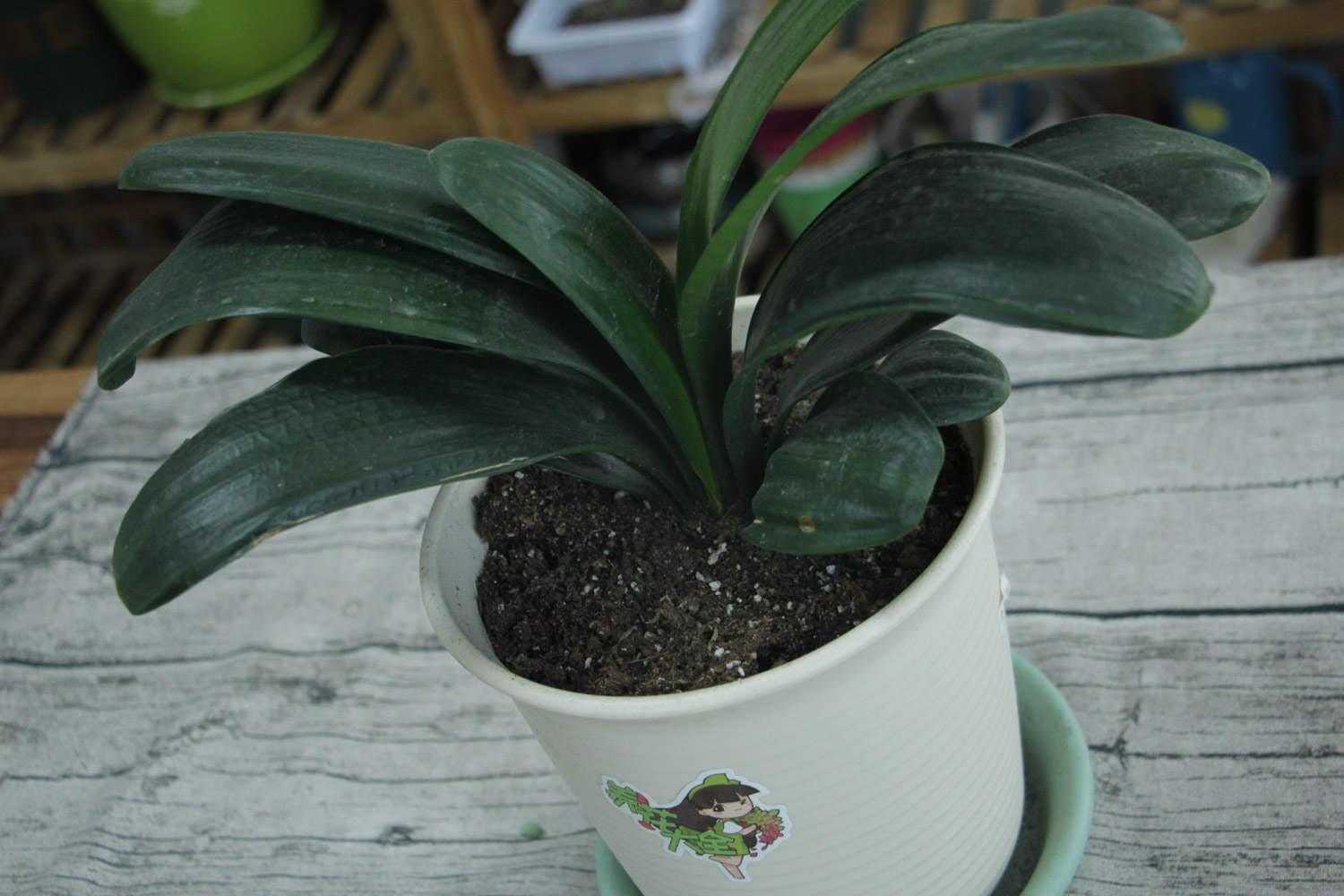1. Watering
Clivia has relatively developed fleshy roots. Generally, it doesn't need too much watering, but it can be slightly wet. Its soil should not be too dry or too wet. It should be watered thoroughly every time. When the indoor temperature is low, it should reduce watering, so as to avoid root rot and death due to too wet basin soil or ponding

2. Fertilization
Fertilizing it generally requires thin fertilizer and more fertilizer, and the fertilizer should not be excessive to avoid rotten roots. If you change the pot, you should apply base fertilizer to it. In spring and autumn, you can apply fertilizer appropriately after fertilization, while in winter and summer, you should not apply fertilizer as much as possible. It can grow by relying on the nutrients in spring and autumn

3. Temperature
To raise Clivia well, we must first know that it is very shade resistant and prefers a cool environment. Therefore, the temperature should be controlled at 15-25 ℃ in summer and not too high. The minimum temperature in winter should not be lower than 10 ℃ to avoid frostbite. In summer, it should not be exposed to direct sunlight. We should pay attention to the changes of the weather in order to cultivate it better
4. Change Basin
Changing pots is conducive to the growth of Clivia. It is necessary to choose the period when it grows more vigorously. Generally, it is in spring and autumn. The aged ones should be changed once a year. When changing pots again, the old roots and rotten roots should be cut off, and the plants should be put into the culture soil. The soil should be fundamentally loaded and watered after changing the culture soil


 how many times do yo...
how many times do yo... how many planted tre...
how many planted tre... how many pine trees ...
how many pine trees ... how many pecan trees...
how many pecan trees... how many plants comp...
how many plants comp... how many plants can ...
how many plants can ... how many plants and ...
how many plants and ... how many pepper plan...
how many pepper plan...





























